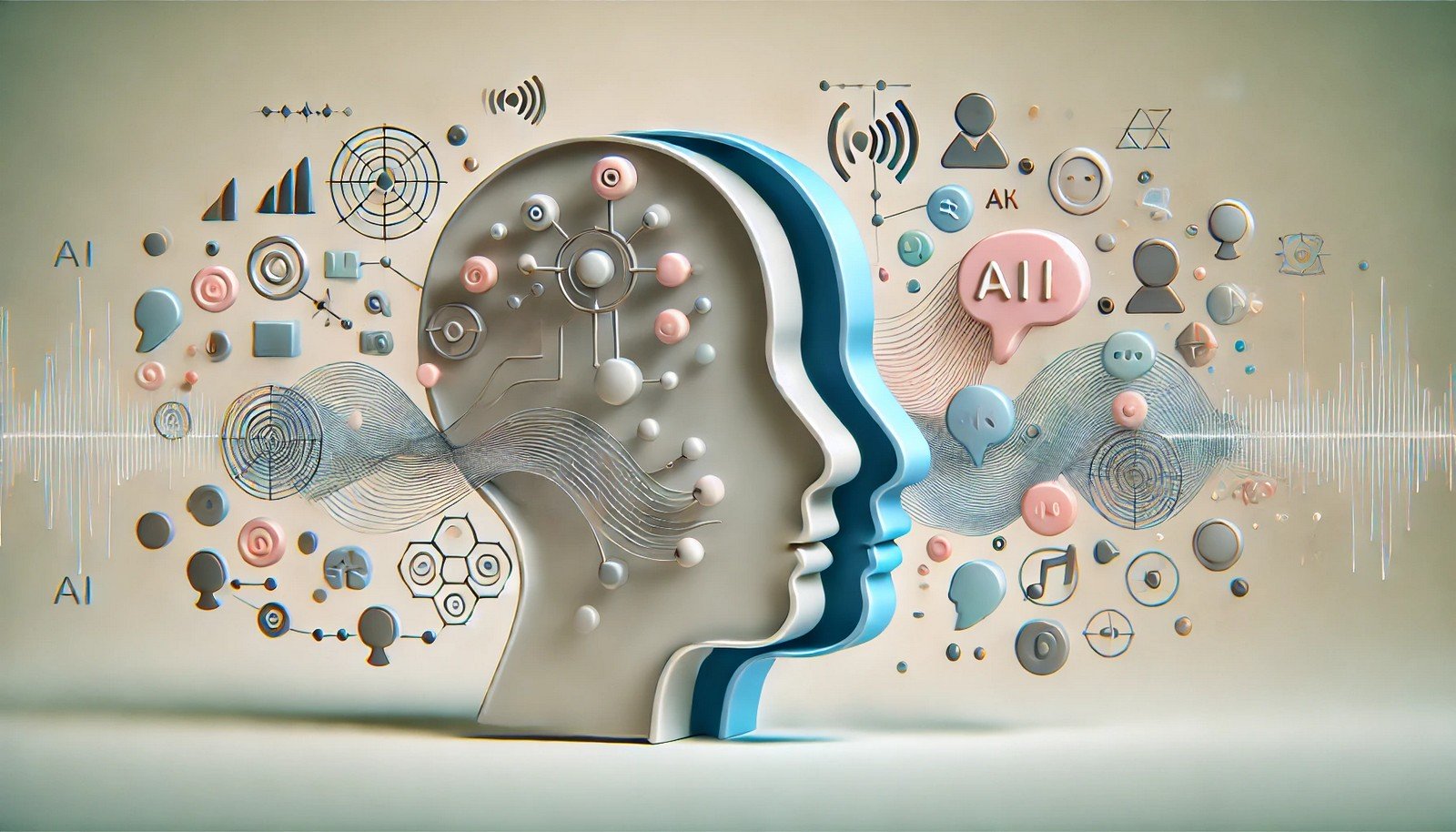Dialect Identification

Quick Navigation:
- Dialect Identification Definition
- Dialect Identification Explained Easy
- Dialect Identification Origin
- Dialect Identification Etymology
- Dialect Identification Usage Trends
- Dialect Identification Usage
- Dialect Identification Examples in Context
- Dialect Identification FAQ
- Dialect Identification Related Words
Dialect Identification Definition
Dialect Identification is an artificial intelligence process that analyzes language patterns to determine specific regional or social dialects in text or spoken language. This technique leverages natural language processing (NLP) and machine learning algorithms to distinguish subtle linguistic variations, which helps improve applications such as automated translation, virtual assistants, and speech recognition systems. By training on data from various dialects, the AI can achieve high accuracy in identifying language-specific nuances, crucial for linguistic research and personalized AI services.
Dialect Identification Explained Easy
Imagine you're trying to guess where someone is from by how they talk. Some people say “y’all,” others say “you all.” Dialect Identification is like that but for computers! It helps AI tell which area or group a way of talking belongs to, so it can understand and answer people better.
Dialect Identification Origin
The idea of Dialect Identification comes from early linguistic studies, where researchers wanted to classify and analyze language variations. With AI, dialect identification has become a tool to automate this task, aiding in fields from translation to sociolinguistics.
Dialect Identification Etymology
The term “Dialect Identification” is based on “dialect,” referring to specific variations in a language, and “identification,” the process of recognizing and categorizing those variations.
Dialect Identification Usage Trends
Dialect Identification is gaining traction in tech and research, especially with the rise of personalized AI. It is increasingly used to enhance virtual assistants and improve the accuracy of translation engines. Companies aim to adapt AI to better recognize language nuances, with Dialect Identification becoming central to achieving natural language interactions across regional and social contexts.
Dialect Identification Usage
- Formal/Technical Tagging:
- Natural Language Processing
- Machine Translation
- Sociolinguistics - Typical Collocations:
- "dialect identification algorithms"
- "language variation analysis"
- "AI for dialect detection"
- "regional dialect recognition"
Dialect Identification Examples in Context
- Dialect identification can improve customer service by adjusting responses based on the caller's dialect.
- In translation, dialect identification helps distinguish between British and American English, leading to more accurate results.
- Social media analytics can use dialect identification to tailor content to specific audience segments.
Dialect Identification FAQ
- What is dialect identification?
Dialect Identification is an AI method to recognize regional or social dialects in language. - Why is dialect identification important?
It enhances applications like machine translation and personalized AI, allowing better language comprehension. - How does dialect identification work?
It uses machine learning models trained on different dialect data to detect language variations. - What fields use dialect identification?
It’s used in linguistics, machine translation, customer service, and AI personalization. - What data is needed for dialect identification?
Large datasets of regional or social language examples are essential. - Can dialect identification improve AI assistants?
Yes, it enables AI to recognize and respond better to language nuances. - Does dialect identification work for all languages?
It depends on the data available; some languages may lack resources. - How accurate is dialect identification?
Accuracy depends on training data quality and algorithm sophistication. - Is dialect identification used in marketing?
Yes, it helps in personalizing ads or content based on regional dialects. - Can dialect identification identify slang?
Yes, with proper training, it can detect informal language unique to certain groups.
Dialect Identification Related Words
- Categories/Topics:
- Language Analysis
- Natural Language Processing
- Machine Translation
Did you know?
Dialect Identification was instrumental in an AI project for endangered languages. Researchers developed models to recognize regional dialects, which helped document and preserve linguistic diversity among lesser-known languages.
PicDictionary.com is an online dictionary in pictures. If you have questions or suggestions, please reach out to us on WhatsApp or Twitter.Authors | Arjun Vishnu | @ArjunAndVishnu

I am Vishnu. I like AI, Linux, Single Board Computers, and Cloud Computing. I create the web & video content, and I also write for popular websites.
My younger brother, Arjun handles image & video editing. Together, we run a YouTube Channel that's focused on reviewing gadgets and explaining technology.



Comments powered by CComment